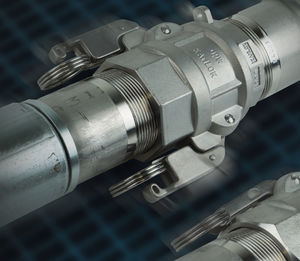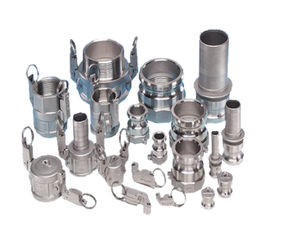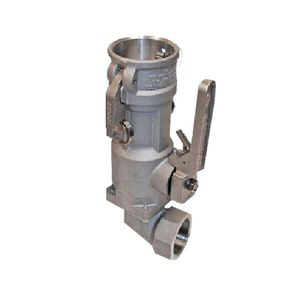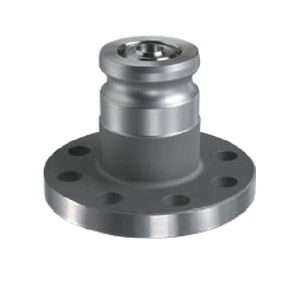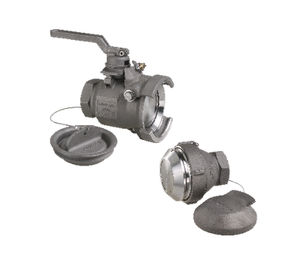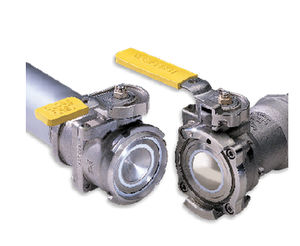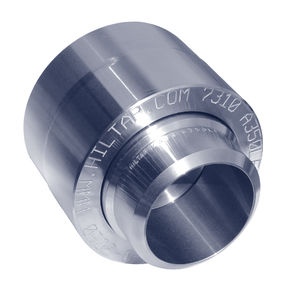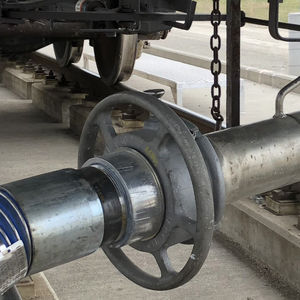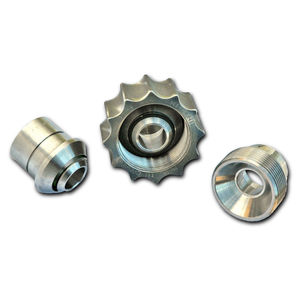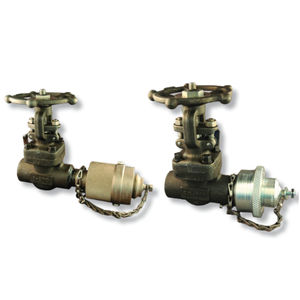
- Products
- Catalogs
- News & Trends
- Exhibitions
Hydraulic fitting Kamvalok® 1700DLquickstainless steelaluminum







Add to favorites
Compare this product
Characteristics
- Applications
- hydraulic
- Attachment
- quick
- Material
- stainless steel, aluminum
- Other characteristics
- standard, transfer
- Diameter
1.5 in, 2 in, 3 in
- Operating pressure
Max.: 210 psi
Min.: 0 psi
Description
OPW Kamvalok® Dry Disconnect Couplings are considered the standard of the industry. Used at liquid-transfer points where product loss could occur, OPW Kamvaloks provide a reliable solution to prevent spillage during connection or disconnection.
SST locking handle locks in position to prevent accidental opening or closing of valve.
Autolok™ locking arms provide added protection with an automatic locking mechanism signaled by a positive click. Release requires only an easy tug on the lock release.
Provides for total closed-loop loading capabilities, keeps hazardous liquids and vapors inline and out of the environment. Provides automatic closure from both directions – the coupler and the adaptor – to prevent accidental spills.
Spill protection helps reduce the hazards involved in the connection/disconnection process of transferring hazardous materials.
Safe and easy maintenance, unique stuffing-box design makes disassembly/maintenance quick and easy.
1-1/2", 2" and 3" sizes
Aluminum or Stainless Steel construction
Operating pressures up to 210 psi (15 bar)
Can be coupled in any orientation - 360°
Automatically shuts off flow if accidental disconnect occurs
VIDEO
Catalogs
No catalogs are available for this product.
See all of OPW‘s catalogsExhibitions
Meet this supplier at the following exhibition(s):

Related Searches
*Prices are pre-tax. They exclude delivery charges and customs duties and do not include additional charges for installation or activation options. Prices are indicative only and may vary by country, with changes to the cost of raw materials and exchange rates.


